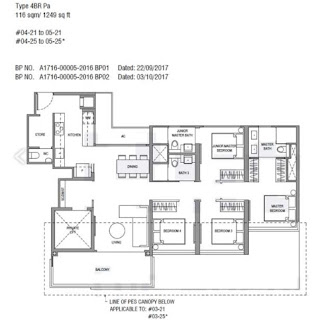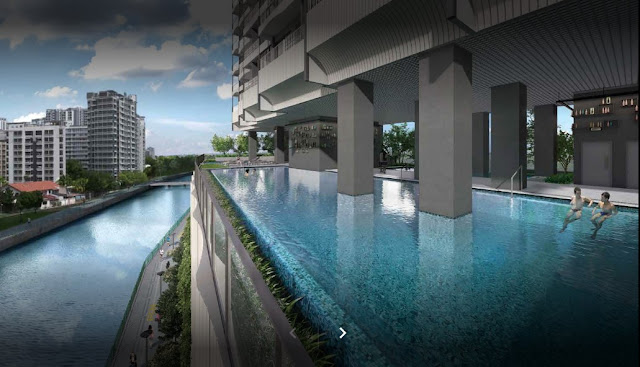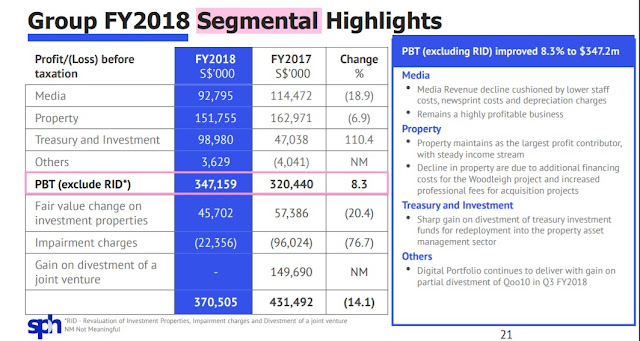(1) Location of Parc Botannia
Parc Botannia's address at Fernvale Road makes it a 10 mins brisk walk away to the Seletar Mall. This development is also just right next to Thanggam LRT station which is 1 LRT stop away from Seletar Mall and 4 LRT stops to Sengkang MRT station. There is also a plot of land designated for Park development by Npark just next to Parc Botannia (the new park sits between High Park Residences and Parc Botannia).
In addition, the Sengkang Riverside park is also near Parc Botannia or 1 LRT station away- Perfect for nature enthusiasts or folks who enjoy jogging.
(2) More details about Parc Botannia
Tenure of Land: 99 years leasehold commencing Dec 28, 2016
Site Area: Approximately 185,095sqft
No of Units: 735 Units (spread over 4 blocks) and a childcare centre.
No of Parking Lots: 741 for residents and another 15 for childcare centre
TOP: Dec 30, 2021 (but expected TOP earlier in 2020 if construction progress is good).
No of Units: 735 Units (spread over 4 blocks) and a childcare centre.
No of Parking Lots: 741 for residents and another 15 for childcare centre
TOP: Dec 30, 2021 (but expected TOP earlier in 2020 if construction progress is good).
Parc Botannia is being developed by joint venture partners, Sing Development and Wee Hur Development. The developers paid the winning bid of S$517.03 psf per plot ratio in September 2016 during the Singapore Government Land Sales.
(3) Internal Layout and Premium Units with Private Lift
This is one of the most efficient unit layout that I have seen despite the smaller size of the apartments relative to those launched in the area 7-8 years ago (H20 Residences, Rivertrees and Riverbank). 3 bedders are around 969 sqft but do not feel crampy as seen in the showflat.
The high ceiling height of 2.9m certainly adds volume and exude class to the units. The developers are generous to have built in such high ceiling which is a sharp contrast to High Park Residences next door as well as many other condo ceiling heights of only 2.7m these days.
The best units in this development are the 4 bedder Premium units as well as the 5 bedder Premium Units which comes with its own private lift. There are only a total of 3 stacks of such premium units. In addition, the premium units come with walk-in wardrobe in the master bedroom. The Master bathroom for the premium units also has 2 basins for "his" and "her" which are definitely very luxurious and posh.
| Private Lift Lobby with Built in Shoe Racks/Storage |
However, due to the high psf (please see "Pricing" below), getting a premium unit will set one back by an extra few hundred thousand dollars. In my opinion, getting the 958sqft 3 bedder or the 1,130sqft 4 bedder units are already value for money due to the efficient layout, high ceiling and premium fittings committed by the renowned developers, Sing Holdings and Wee Hur Holdings.
 |
| 3 Bedder Premium |
 |
| 4 Bedder-Typical |
 |
| 4 Bedder Premium with Private Lift |
 |
| 5 Bedder Premium with Private Lift |
The average launch psf was 1,270psf. Since then, 75% of the 735 units have sold out as per the marketing agent. The remaining units are on the higher floor and may cost up to 1,350psf for high floor units. For a premium 1,249sqft unit, the price tag is thus approximately S$1.68 Mil before stamp duties.
The strange thing about the pricing is that the developers seem to have priced the park facing units at a higher psf than the pool facing units.
There is a current up to S$70k "Starbuy unit discount" on offer during this festive period for a limited time period.
(5) Parting Thoughts
This is a well-conceived development by Sing Holdings and Wee Hur Holdings. There are many facilities on offer within Parc Botannia. The layout for units are very efficient and the finishing and fittings given are branded and classy. Being so close to Jalan Kayu and minutes walk away to Seletar Mall is very convenient for the residents of the development. One will certainly be enthralled when arriving home to one's personal sanctuary at Parc Botannia.
(P.S: Check out the official video here of Parc Botannia and the waterfall feature wall at the grand entrance).
(P.S: Check out the official video here of Parc Botannia and the waterfall feature wall at the grand entrance).





























